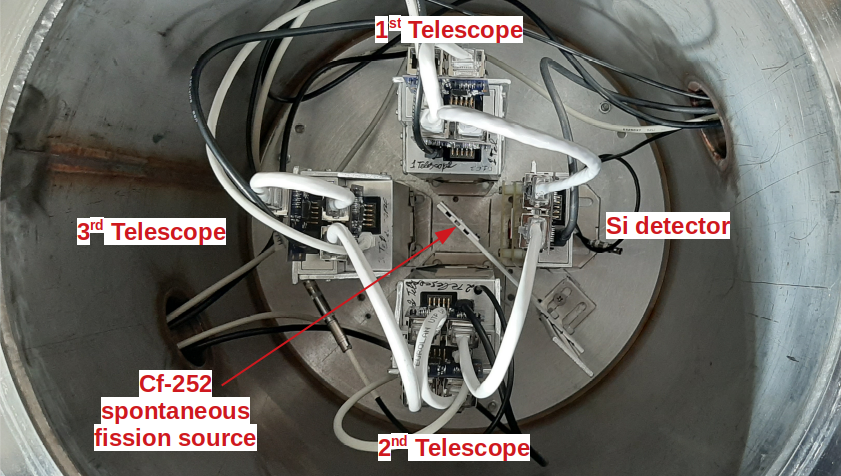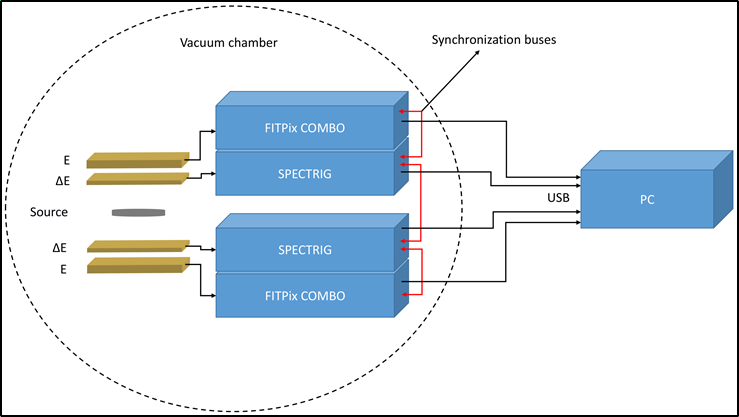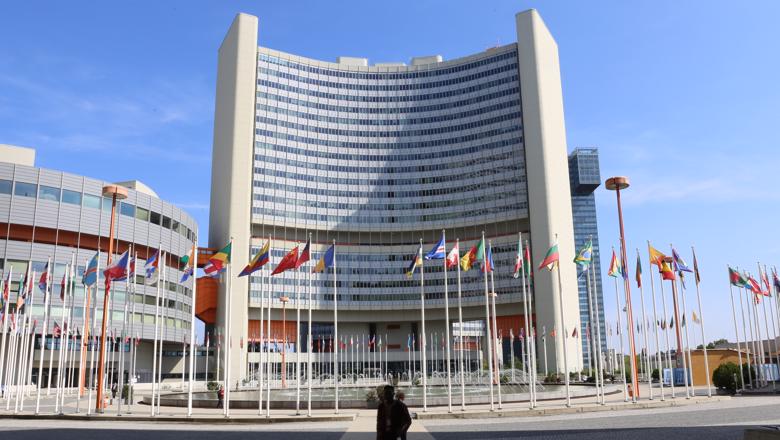- Details
Meeting agenda:
- On the training of scientific personnel for implementation of strategic plans for the development of neutron research at JINR.
- Elections for positions:
Scientific researcher, SINNI DNP FLNP.
Candidate for the position: D.B.Berikov
- Details
The defense of the thesis by Pavel Sharov will take place on January 29, 2021 at 15:30 in the FLNR conference-hall.
In accordance with JINR Order No. 413 dated 27.07.2020, the protection will be carried out partially online.
- Details
Agenda
1. Results of 2020 on theme 1121
- Details
"Investigation of rare fission mode processes using silicon pixel detectors Timepix"
Ahmadov G. S., Holik M., Kopatch Y. N., Berikov D. et al.
Rare fission modes (ternary and quaternary fission), in which light charged particles are emitted, are the subject of intensive experimental and theoretical studies, since these studies can be attributed to one of the main sources of information on the mechanism of nuclear fission. To study these processes, an experimental setup was assembled (figure), consisting of three semiconductor telescopes ∆E-E and a silicon detector. Thin detectors with an area of 10 × 10 mm2 and a thickness of 15 and 140 μm were used to measure ∆E, and Timepix silicon pixel detectors with an area of 14 × 14 mm2 and a thickness of 300 and 600 μm were used to measure E. A special synchronization bus has been developed and integrated into the FITPix COMBO. It can be used as a Timepix (including receiving pulses from the back side) or as a simple spectrometric device - Spectrig (when connected to an external detector such as an ∆E detector). The synchronization bus has also been designed to handle trigger and busy signals to effectively filter out unpaired events when performing coincidence measurements. Test measurements were carried out with a 226Ra alpha and 252Cf spontaneous fission source and the results of these measurements are presented.


- Details
"The use of integral experiments for nuclear data benchmarking focused on our department work"
Michal Kostal
l
Integral quantities can usually be measured much more accurately than differential nuclear data, so it is tempting to use such data for validation, sometimes even for improvement of differential nuclear data. Such integral data can be spectrum-averaged cross sections or cross section ratios, kinetic parameters or leakage spectra. Nuclear data section of IAEA stated, that experience from the analysis of criticality benchmarks indicates that data adjustments on such benchmarks are not unique. An obvious example is fairly good performance of all major libraries in predicting the criticality of major benchmark cases in spite of relatively large differences in the cross sections, where good performance is achieved mainly due to compensating effects. Similarly, blind application of data adjustment techniques can lead to data files that apparently perform well in selected integral benchmarks, but violate the uncertainties in experimentally measured differential nuclear data. Both LR-0 reactor and 252Cf Lab are suitable for performing of integral experiments suitable for validation of differential quantities.




